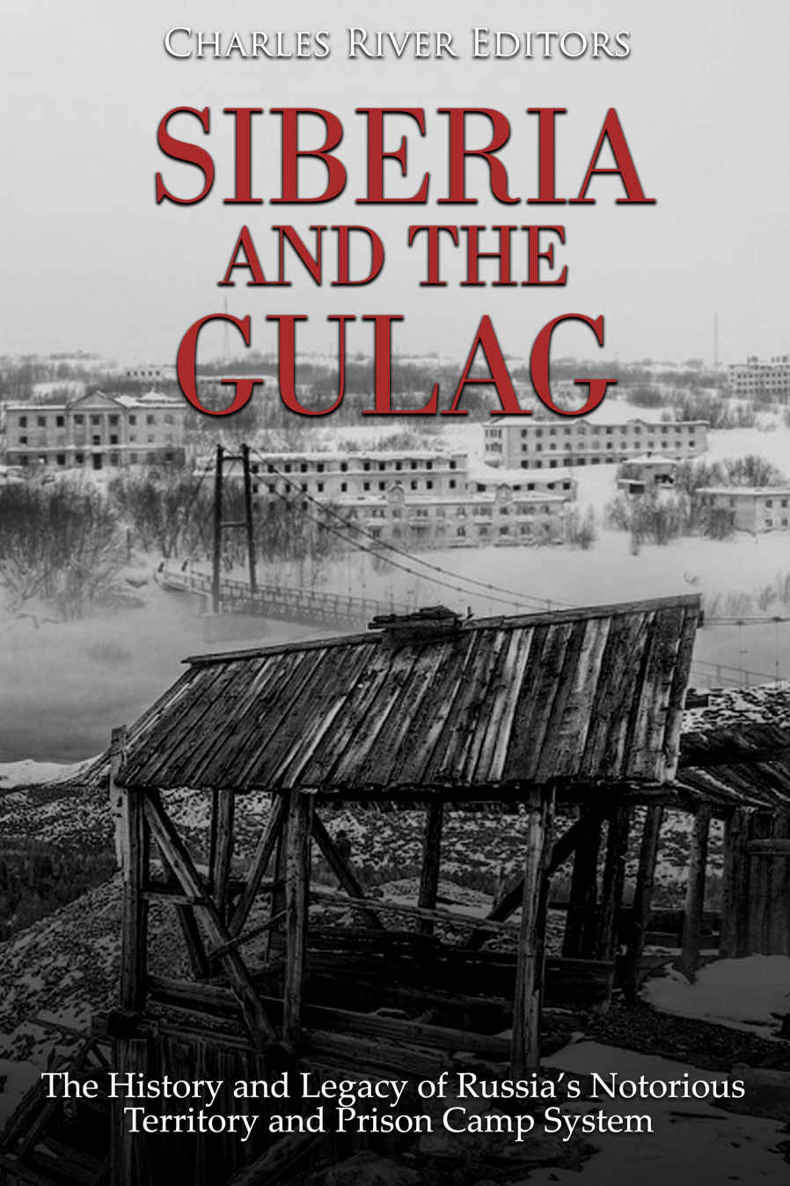
Siberia and the Gulag · the History and Legacy of Russia’s Most Notorious Territory and Prison Camp System PDF
Preview Siberia and the Gulag · the History and Legacy of Russia’s Most Notorious Territory and Prison Camp System
Includes pictures
Includes contemporary accounts
Includes online resources and a bibliography for further reading
Includes a table of contents
Over the long course of Russian history, perhaps no aspect of the giant country has generated interest quite like Siberia, the easternmost part of Russia that lies in Asia. Generally speaking, all that is widely known about Siberia is that it is really big and really cold, which, to be fair, are good starting points for a deeper exploration of this fascinating region. The name "Siberia" comes to English from Russian and was originally from the word "Sibir", a fortress of the Tatar people which was located on the Tobol and Irtysh Rivers . However, it referred more generally to the Khanate of Sibir, the land just east of the Urals that served as the gateway to a network of rivers that stretched all the way to the Pacific in the far east. Hence, it eventually gave its name to that entire region.
Despite making up nearly 66% of the country, Siberia is only inhabited by 40 million people, making it one of the most sparsely populated places on the planet. Given its brutal climate and the strategic depth offered by the region, it should perhaps come as no surprise that the region is best known today for being the location where political prisoners were sent to the infamous Russian labor camps.
